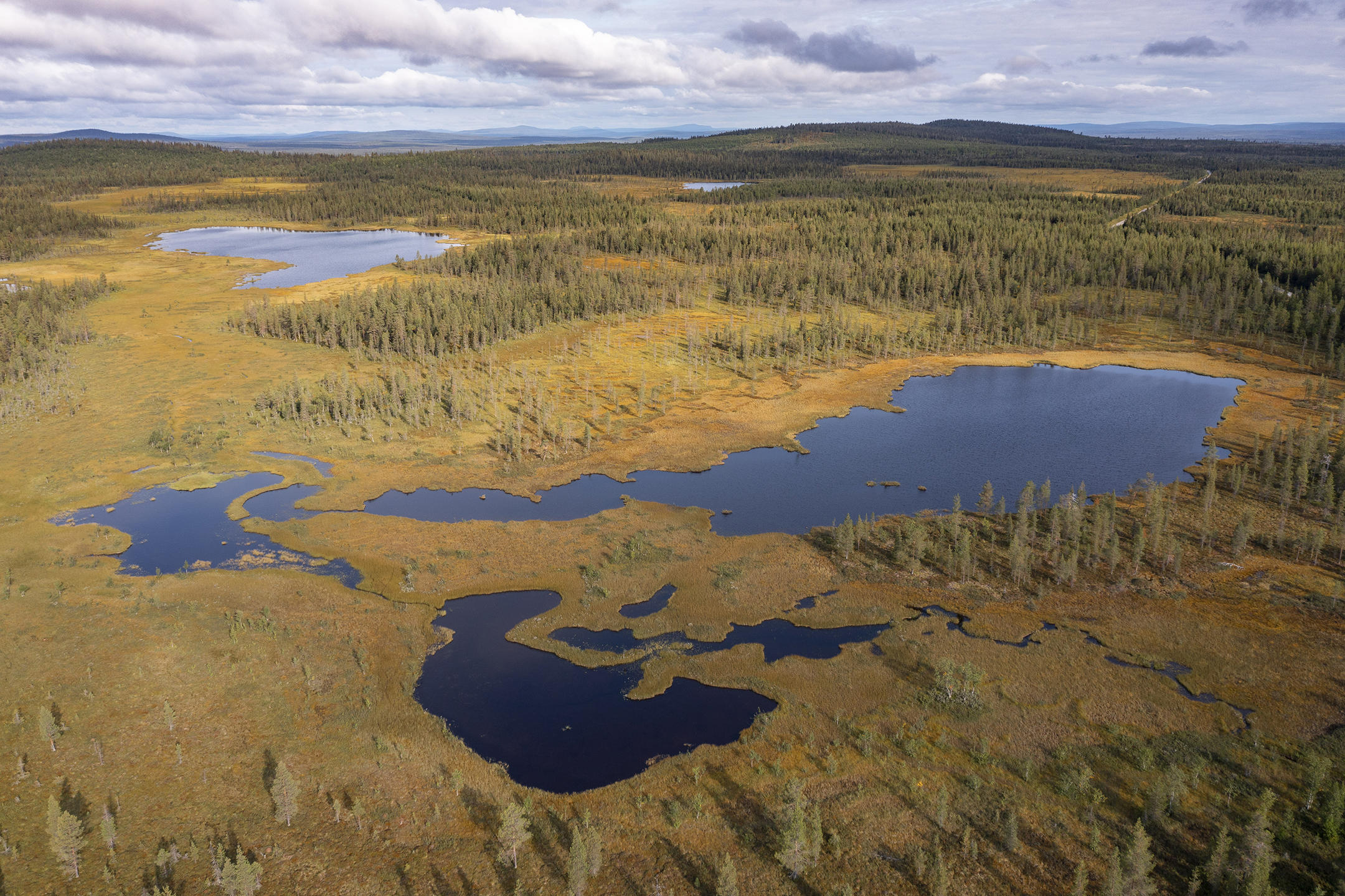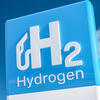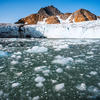You are here
MAGIC explores the polar skies
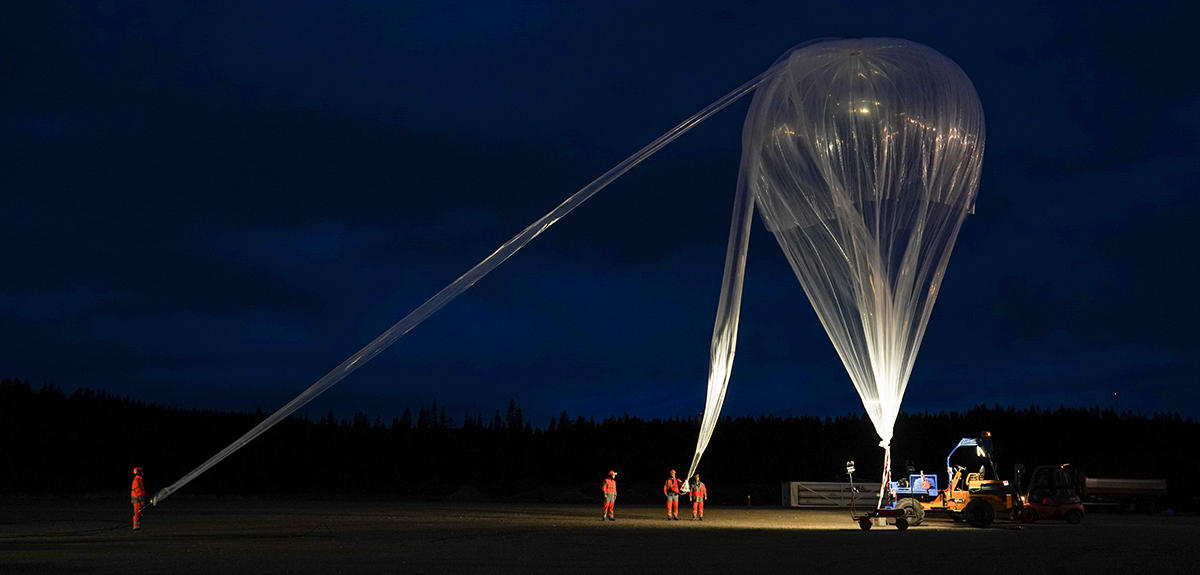
In August 2021, as the Intergovernmental Panel on Climate Change (IPCC) published the first part of its sixth report in which it once again rang the alarm bell about the consequences of global warming, the MAGIC 2021 campaign1 was set to venture into the unstable air masses over the Kiruna area in Swedish Lapland, with the aim of observing greenhouse gas emissions in the region. Resulting from an international project involving the CNRS, the French space agency CNES, King's College London, NASA and the European Space Agency (ESA), MAGIC brought together eighty people from seven countries, all hoping that the weather would let them perform the planned operations.
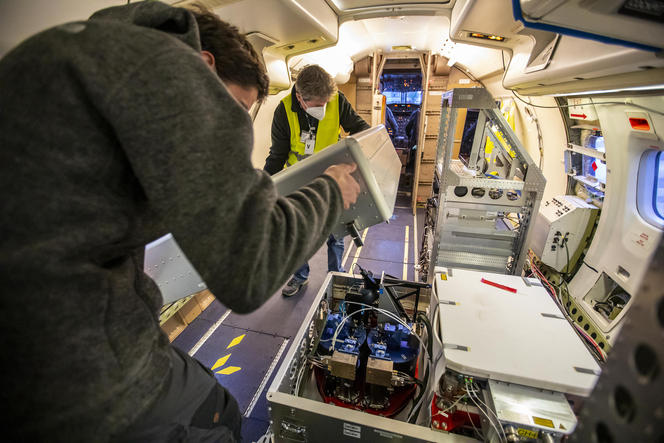

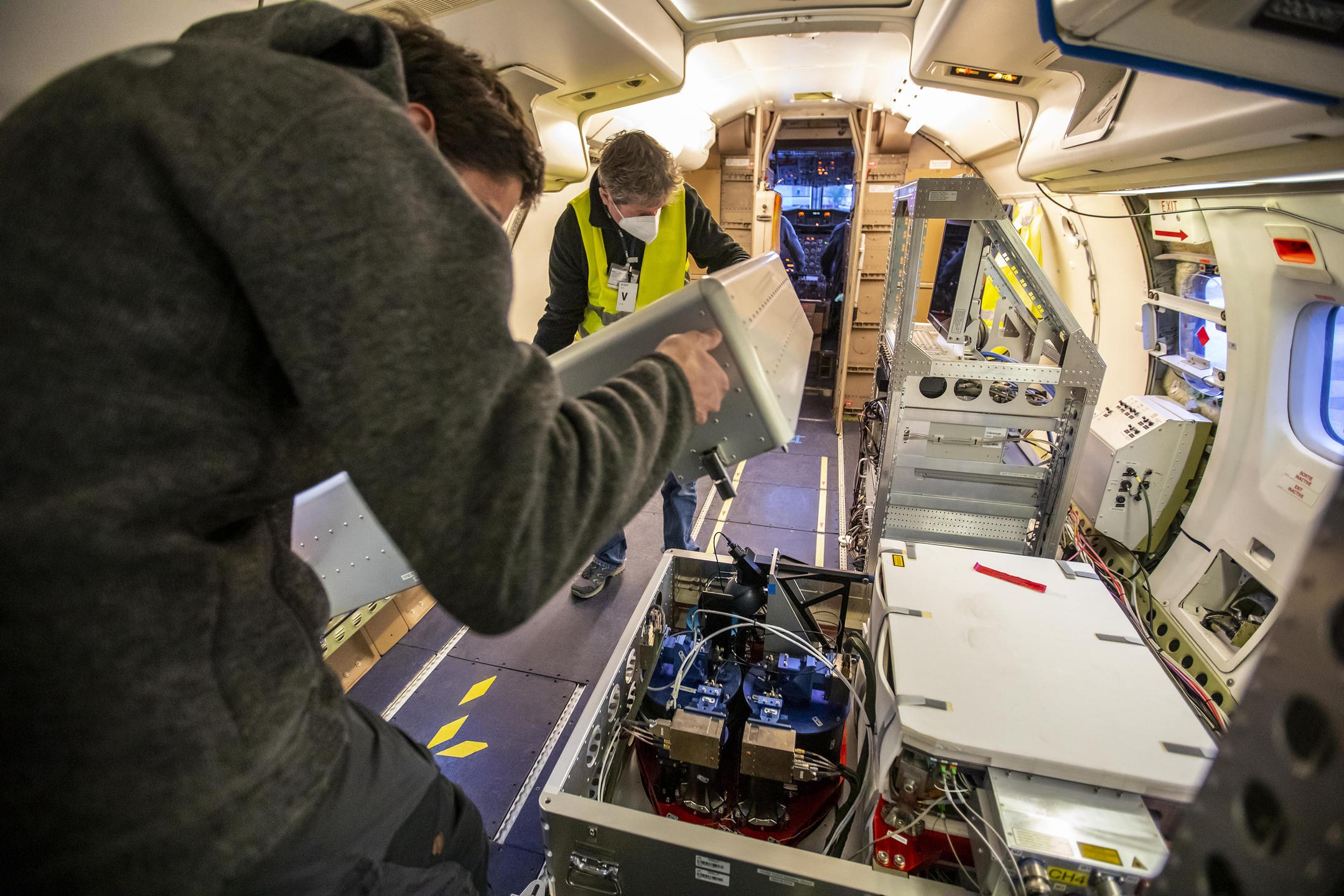
Carried by a balloon as high as the Eiffel Tower, or on board specially equipped aircraft, a whole battery of instruments were ready to be tested and calibrated. Shortly before the mission started, Cyril Crevoisier, CNRS senior researcher at the LMD laboratory,2 and principal investigator of the MAGIC campaign, explained: "The challenge for MAGIC is to detect tiny variations in the composition of the atmosphere… Although greenhouse gas (GHG) emissions are extremely diffuse, they can nonetheless upset the climate balance."
MAGIC's customised tools
MAGIC also laid the groundwork for two space missions that will monitor greenhouse gases: MERLIN3 (a French-German collaboration to measure methane) and MicroCarb (a French initiative aimed at measuring carbon dioxide). A key objective of the campaign was to validate a new instrument with a promising future: the CHARM-F infrared lidar, developed by the German space agency and due to be put into orbit on board the MERLIN satellite. The accuracy of the measurements was considerably improved by combining CHARM-F with another wind lidar that can detect air motion. "This is the first time these two instruments have been used together on board an aircraft, enabling us to directly determine GHG fluxes," the researcher says.
The combined use of both instruments on board the French Met Office Météo-France's aircraft made it possible to pinpoint the sources of methane emissions. By compiling the measurements from all the instruments of the MAGIC campaign (following upcoming data analysis work) the scientists will be able to fine-tune CHARM-F's accuracy and estimate its ability to take part in a space mission. This calibration of the future lidar will allow gas emissions to be monitored from space. "The CNES is a space agency with experience in developing instruments. But this time, our goal is to set up a data processing chain. We hope to develop a strong climate analysis capability," explains Caroline Bès, a research engineer at the CNES and co-organiser of MAGIC. "We need to calibrate the instruments so that they can provide us with high-resolution data."
Tuesday 17 August, route E45, Sappisadsi region
Over towards the east, the sky is brightening up. At the previous meeting, Crevoisier singled out this day as providing the week's only window of opportunity for fine weather. In this marshy region of fir-covered slopes and boggy valleys lined with silver birch, Yao Te and Pascal Jeseck, from the LERMA,4 are setting up their EM-27 spectrometer. Natural environments like this are net methane emitters. The two research engineers point the EM-27's photosensitive cell skywards. The instrument records the spectrum of sunlight after certain wavelengths have been filtered out by various gases in the atmosphere, enabling it to determine atmospheric concentrations of carbon dioxide (CO2) and methane (CH4). "This very broken curve is the light spectrum," Te explains. "The missing portions of the solar spectrum correspond to infrared wavelengths absorbed by molecules present in the atmosphere."
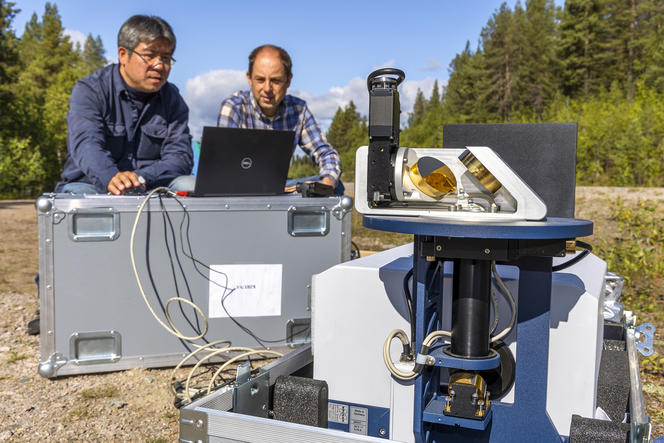

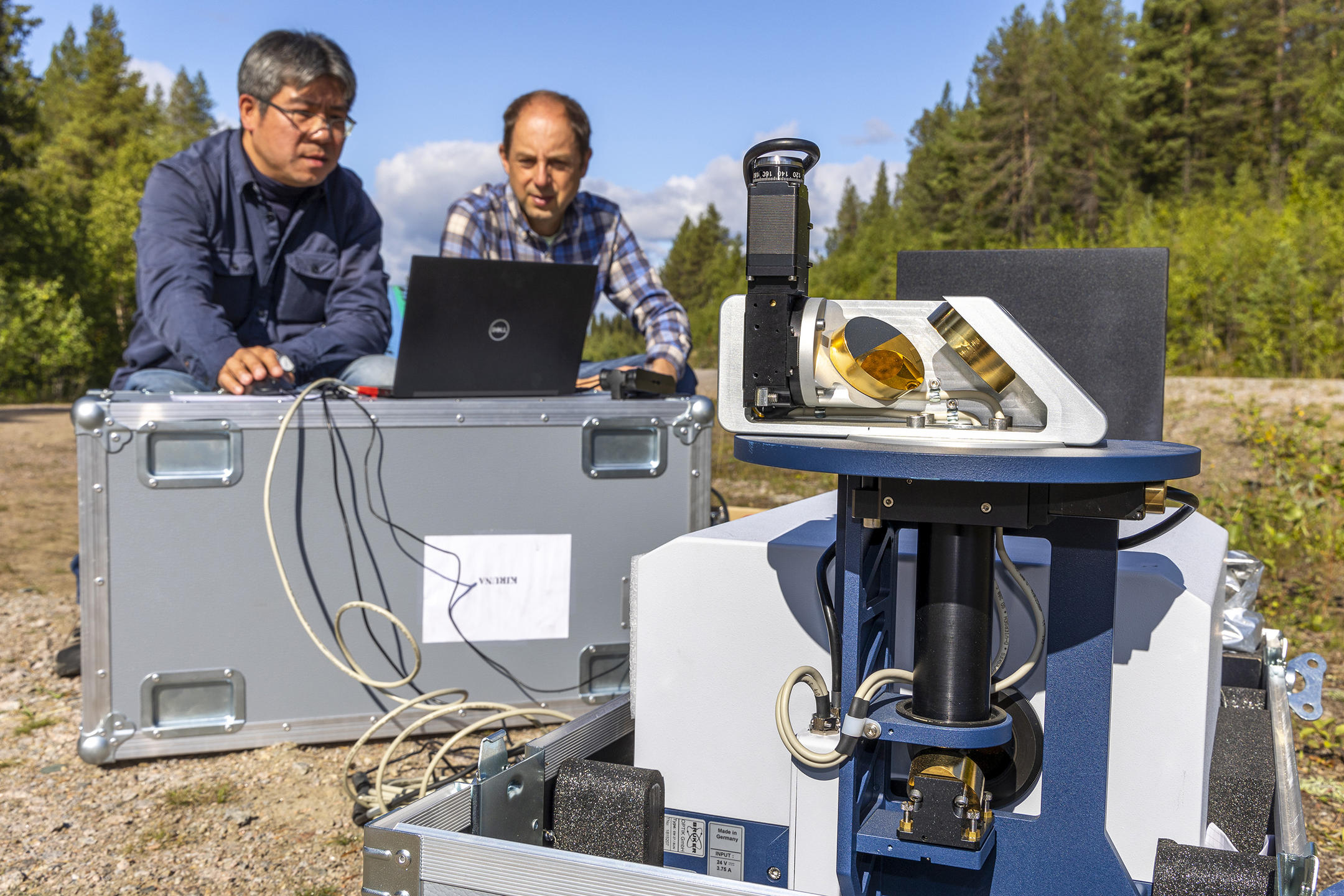
Clouds pose a problem in this respect because they absorb wavelengths common to carbon dioxide and methane. When this happens, the signal is noisy and the data is difficult to use. In fact, water vapour is a major problem when trying to obtain a spectrum, which is why the device cannot just be switched on to read off greenhouse gas concentrations. After acquiring the raw data, the engineers have to clean up the recorded spectra digitally, using models provided by geophysicists.
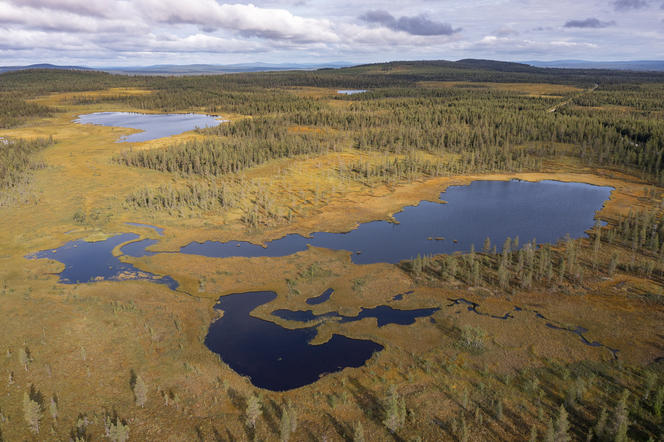
Further east, the blue patch in the grey sky is getting bigger. Hervé Herbin, a researcher at the LOA,5 is busy working with CHRIS, another spectrometer dedicated to an infrared band different from that of the EM-27, one that is less sensitive to water vapour. "CHRIS's detector is a bit more efficient than that of the EM-27, which means it can evaluate the number of droplets contained within a cloud and make an extremely precise estimate of the amount of gas present in the various layers of the atmosphere," the researcher explains.
Night of Sunday to Monday 22-23 August, Esrange Space Centre
As they prepare an open stratospheric balloon flight at the launch pad of the Esrange Space Centre in the heart of the boreal forest, the CNES team struggle to protect themselves from the bitterly cold night air. The launch is imminent.
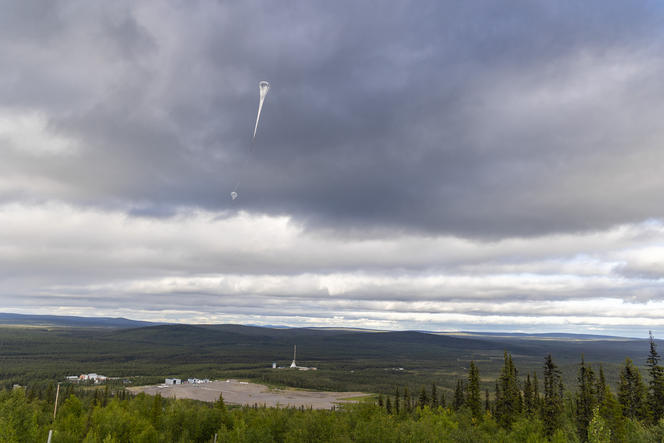

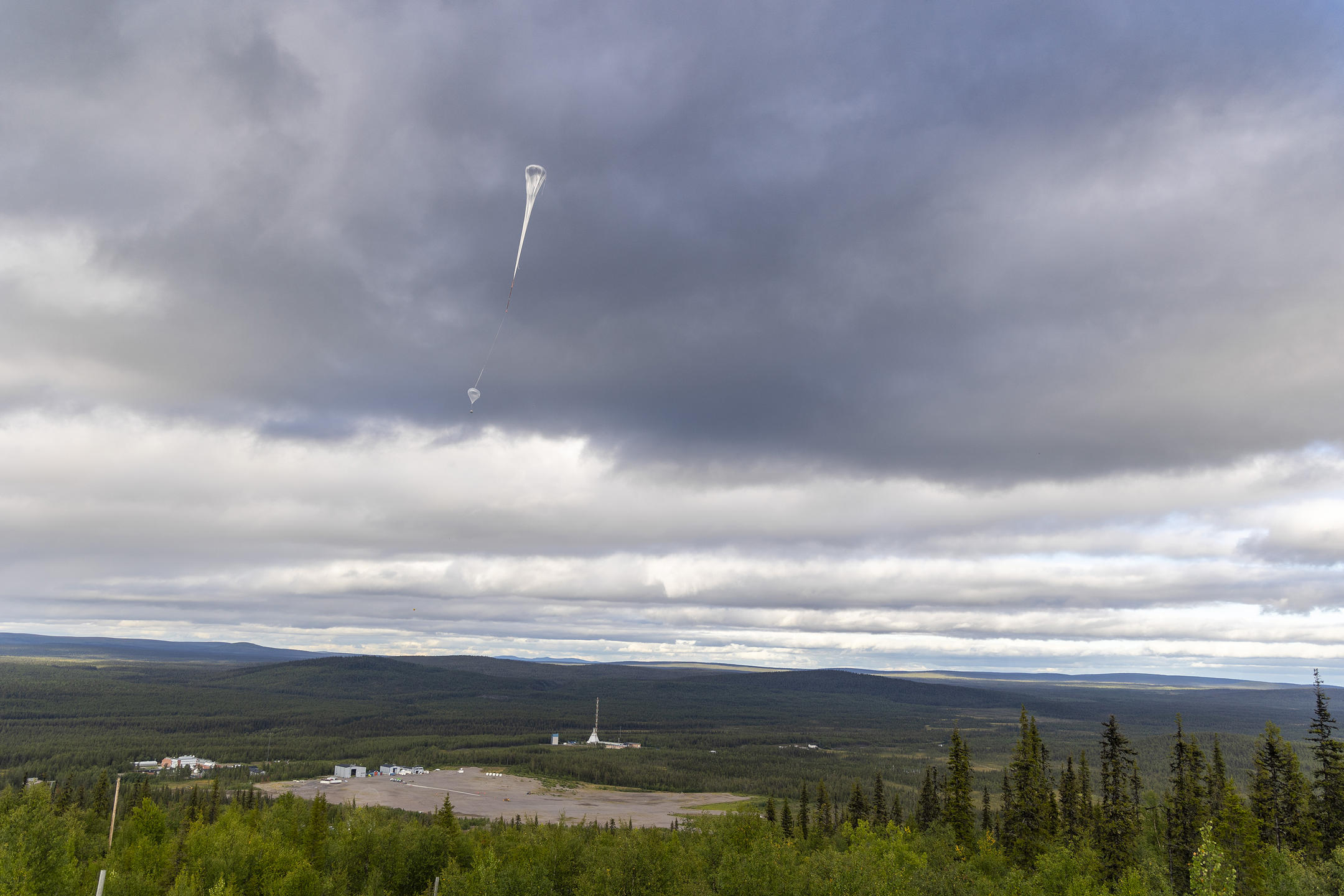
The instruments carried inside the balloon's Carmencita scientific gondola will attempt to very accurately map the gas profile of the first 40 kilometres of the atmosphere, all the way up to the stratosphere. The LMD air sampler's piping system empties during the ascent and draws in air during descent. This invention is based on the pressure difference between the interior and exterior of its stainless steel tube. Meanwhile, at the balloon's gondola, Patrick Jacket, an engineer at the LPC2E,6 is checking SPECIES,7 a huge on-board spectrometer designed for the analysis of greenhouse gases and ozone. Once SPECIES is in operation, its laser beam will pass 10 000 times through the detector into which outside air is injected, while its photoreceptors will be cooled to prevent infrared radiation from altering the readings.


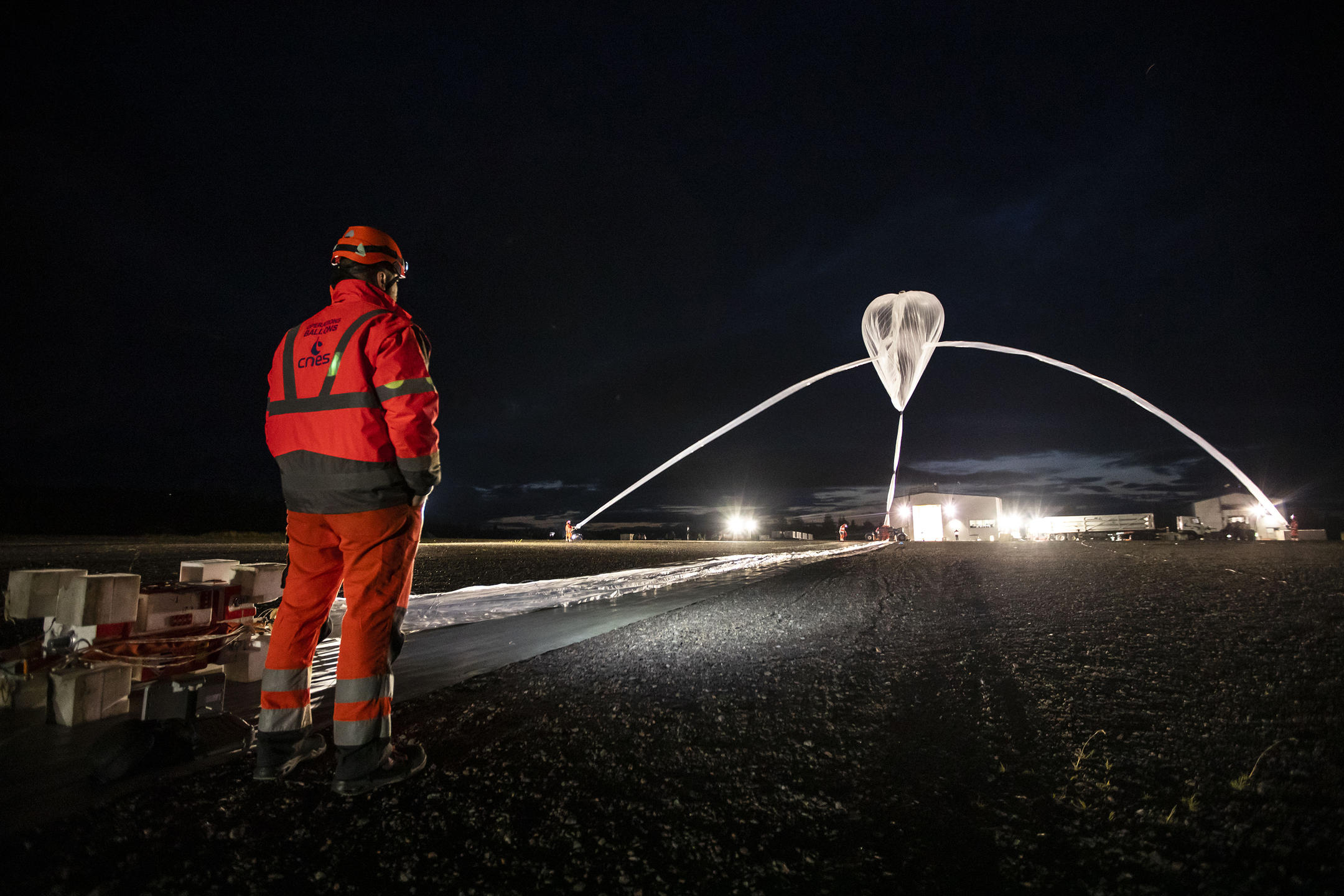
When the balloon takes off, it has to follow a well-established procedure: the balloonists unfold the main envelope on a thick tarpaulin that protects its delicate canopy. This is prolonged by a double strap connecting the different parts of the aeronef. A service gondola is wrapped in thick insulation. It will provide communication between the control centre and the balloon, enabling it to be remotely piloted. During the ascent, the air pressure drops, the helium envelope expands, and the pilots have to regulate the volume of the aircraft to prevent it from bursting. Tonight, the descent is expected to begin at an altitude of 40 km, although this will also depend on the wind. During that phase, there is a danger that the balloon will crash. The reduced amount of helium will not provide enough lift in the lower layers of the atmosphere, where the pressure is greater. To slow the descent and regain lift, the steel balls previously placed in the service gondola will therefore have to be offloaded. It's time to launch. Two gloved and helmeted members of the team are each holding a hose that blows helium at a pressure of 300 bars into the aeronef's main envelope. The small auxiliary balloon lifts Carmencita, weighing 512 kilograms, a metre off the ground. Four balloonists hold it down until the main balloon is fully inflated at last. As it is released, the huge helium-filled envelope billows and starts to rise. The straps gradually become tauter, and the gondola rises and disappears into the darkness. The stratospheric balloon will fly until morning, when the gondola will be recovered by a helicopter from the Magic campaign.
Thursday 26 August, Kiruna airport, Arctica Arena hangar
All the planes are lined up on the tarmac. The British Antarctic Survey's bright red Twin Otter is carrying the HyTES8 spectral imaging instrument. HyTES can reconstruct the image of a gas plume and reveal the presence of methane from the infrared radiation reflected by the Earth. The second aircraft is the Cessna of the Deutsches Zentrum für Luft- und Raumfahrt (DLR), the German research centre for aenonautics and space. It is equipped with the QCL,9 a laser spectrometer that will measure the gases drawn in by the airplane during the flight, with an accuracy of one particle per billion. And, last but not least, there is the 22-metre-long ATR42 aircraft chartered by SAFIRE, the French facility for airborne research, which will be carrying CHARM-F, highlighting Franco-German cooperation in the preparation of the MERLIN mission.


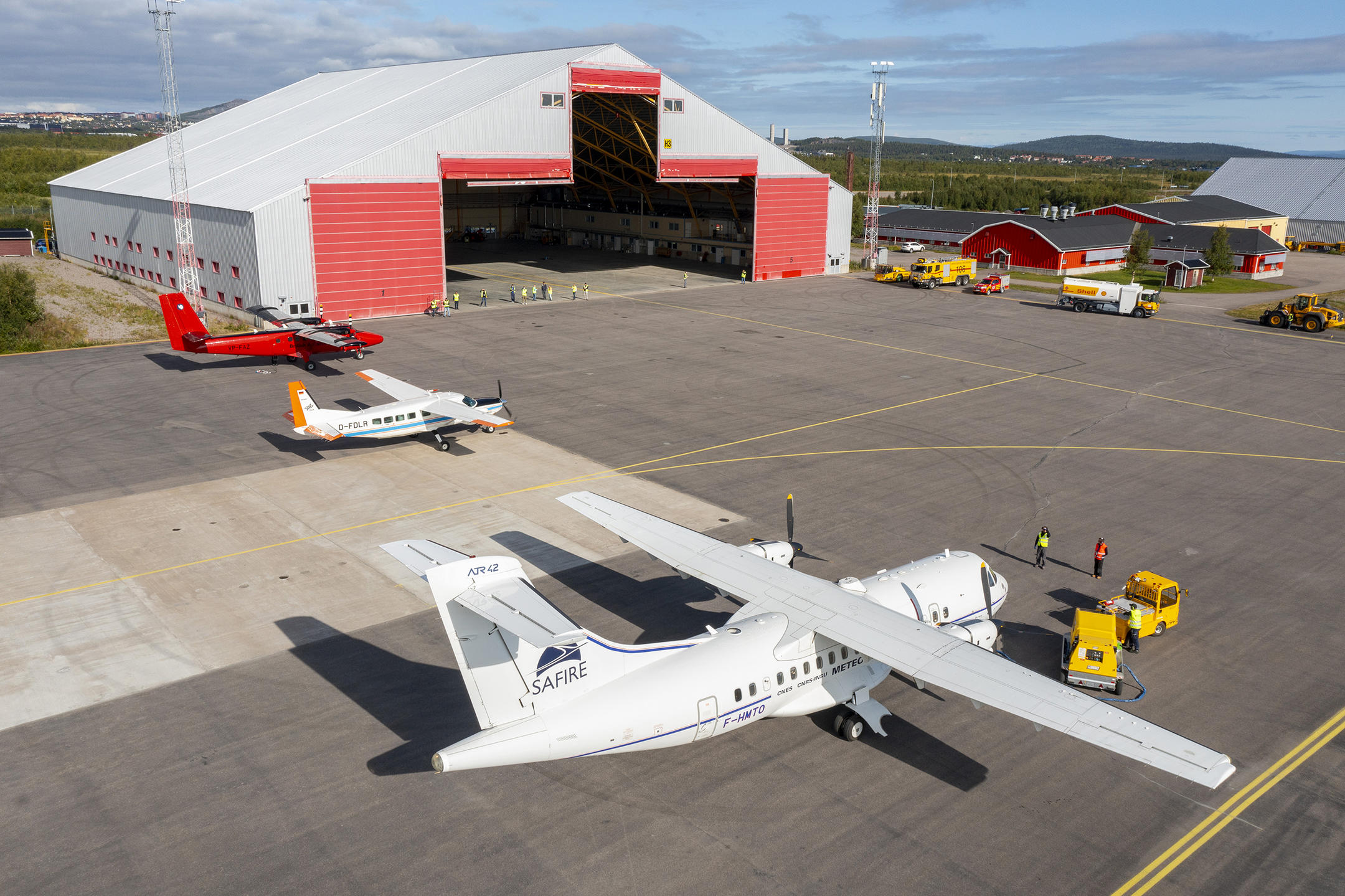
This final flight over the taiga ended the 2021 expedition in style. During the next campaign, MAGIC will focus on a temperate climate zone and will be studying anthropogenic CO2 emissions from the city of Reims in northeastern France, where it will be hosted by the GSMA group10 during the spring of 2022.
To find out more: The MAGIC2021 campaign website: https://magic.aeris-data.fr/magic2021/
- 1. Monitoring of Atmospheric composition and Greenhouse gases through multi-Instrument Campaigns.
- 2. Laboratoire de météorologie dynamique (CNRS / ENS Paris / École Polytechnique / Sorbonne Université).
- 3. Methane Remote Sensing Mission.
- 4. Laboratoire d’Études du Rayonnement et de la Matière en astrophysique et Atmosphères (CNRS / Observatoire de Paris -PSL / Sorbonne Université / CY Cergy Paris Université.
- 5. Laboratoire d’Optique Atmosphérique (CNRS / University of Lille).
- 6. Laboratoire de Physique et de Chimie de l’Environnement et de l’Espace (CNRS / CNES / University of Orléans).
- 7. Spectromètre infrarouge à lasers in situ (In-situ infrared laser spectrometer).
- 8. Hyperspectral Thermal Emission Spectrometer.
- 9. Quantum Cascade Laser.
- 10. Groupe de spectrométrie moléculaire atmosphérique (CNRS / University of Reims Champagne-Ardenne).


